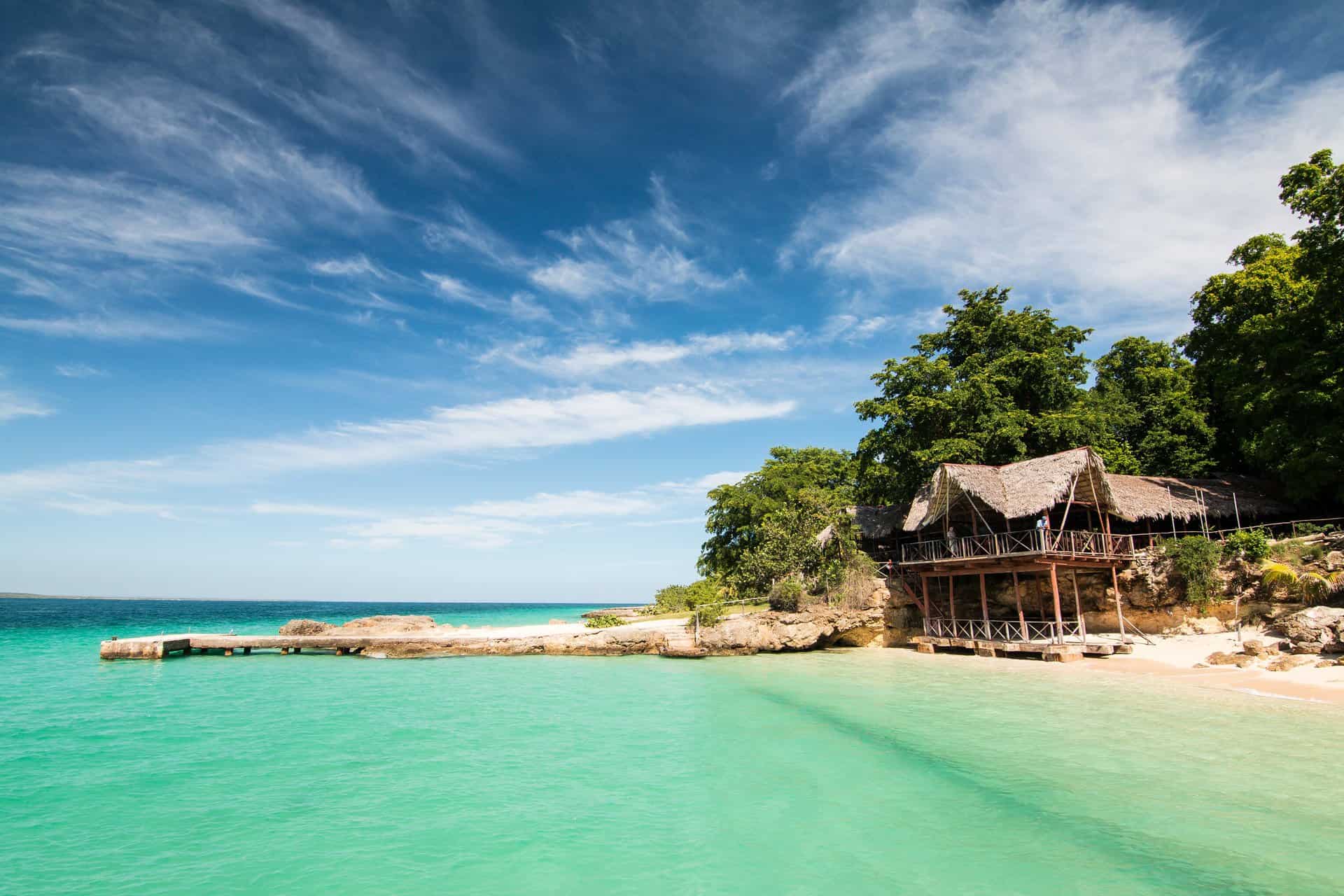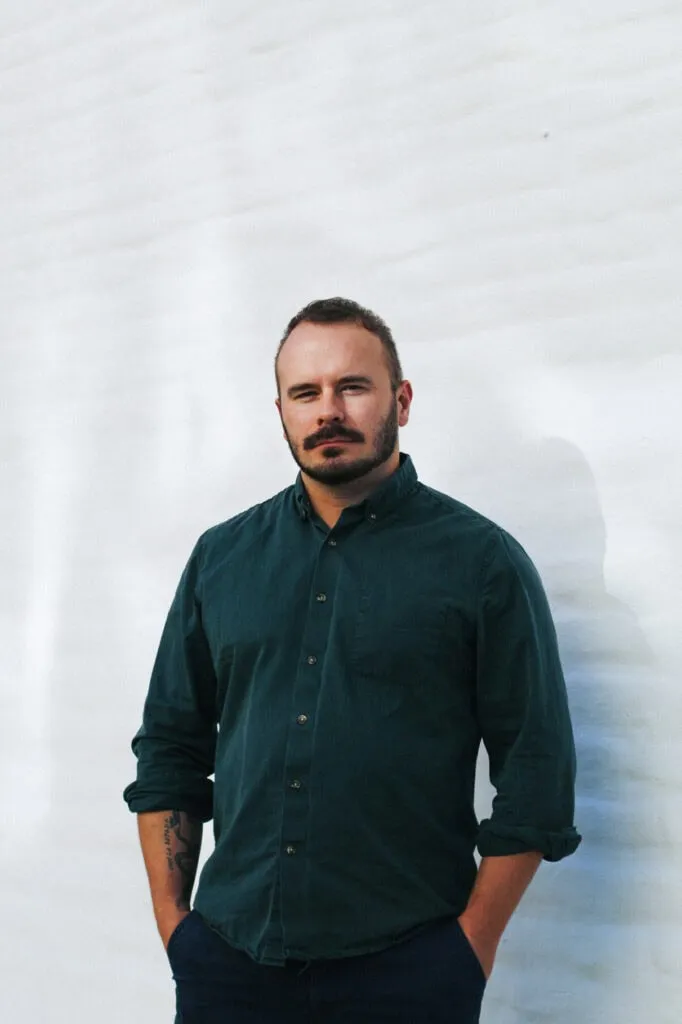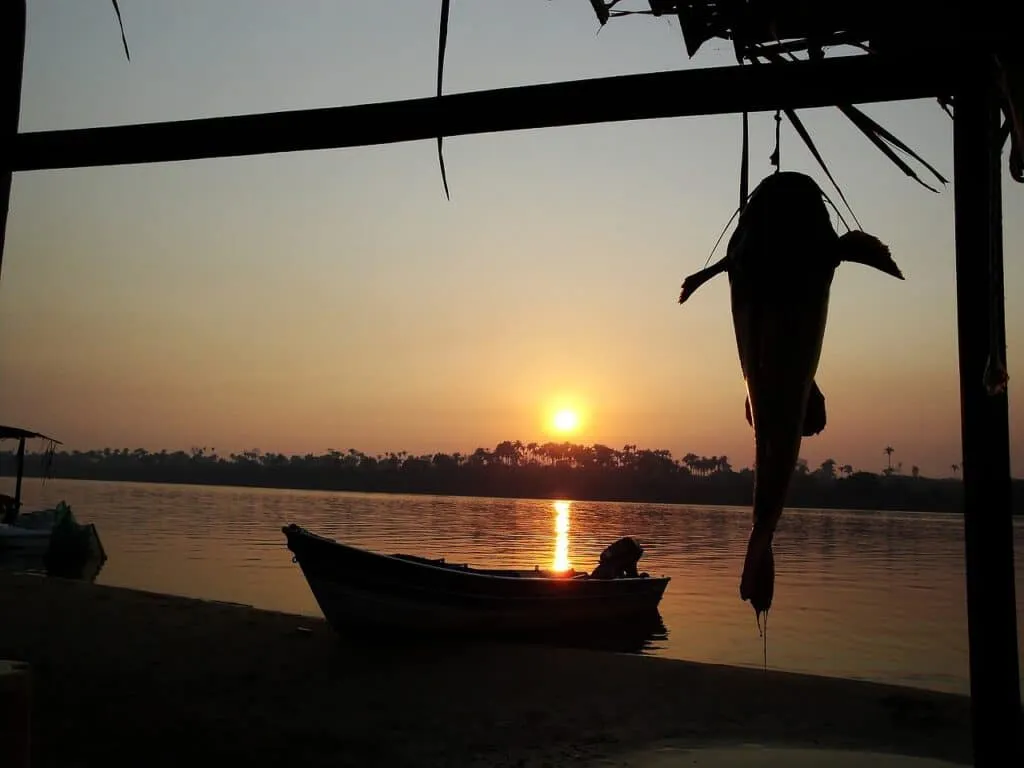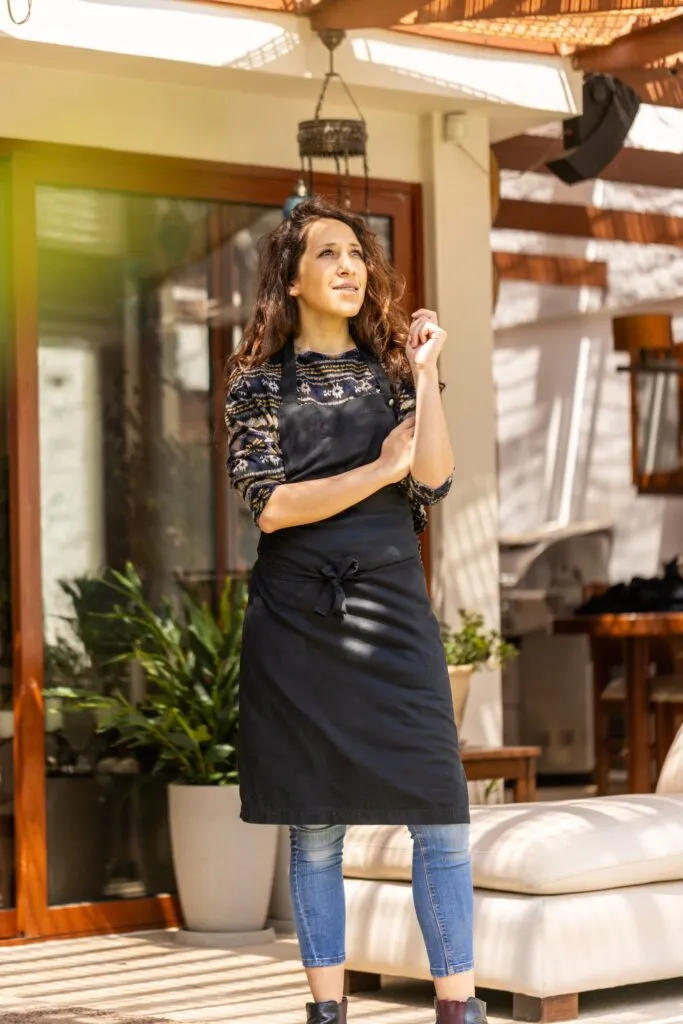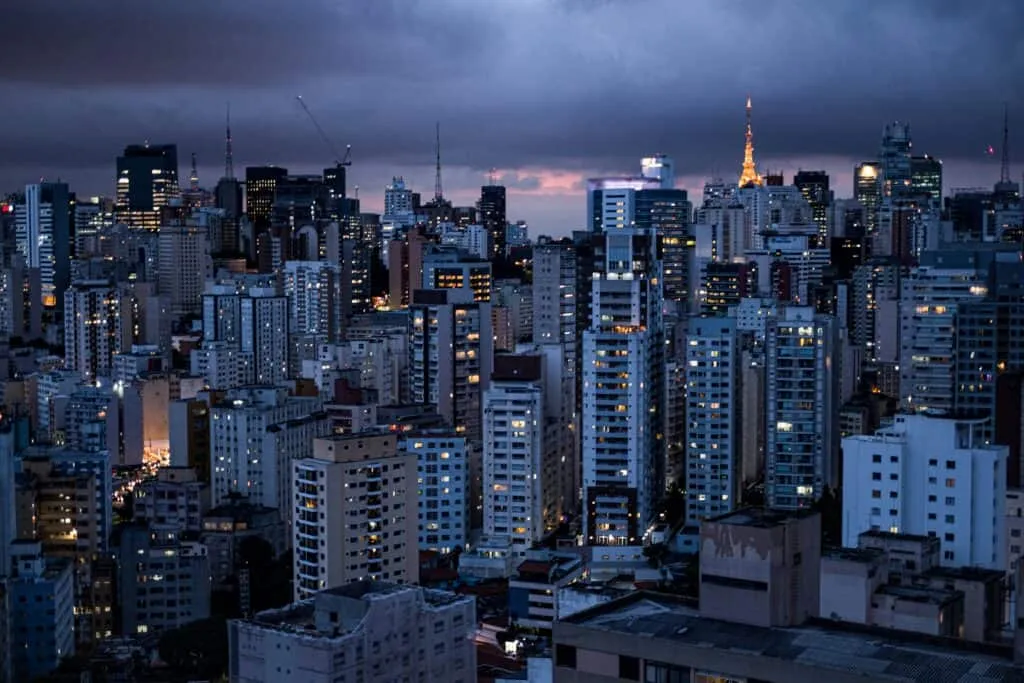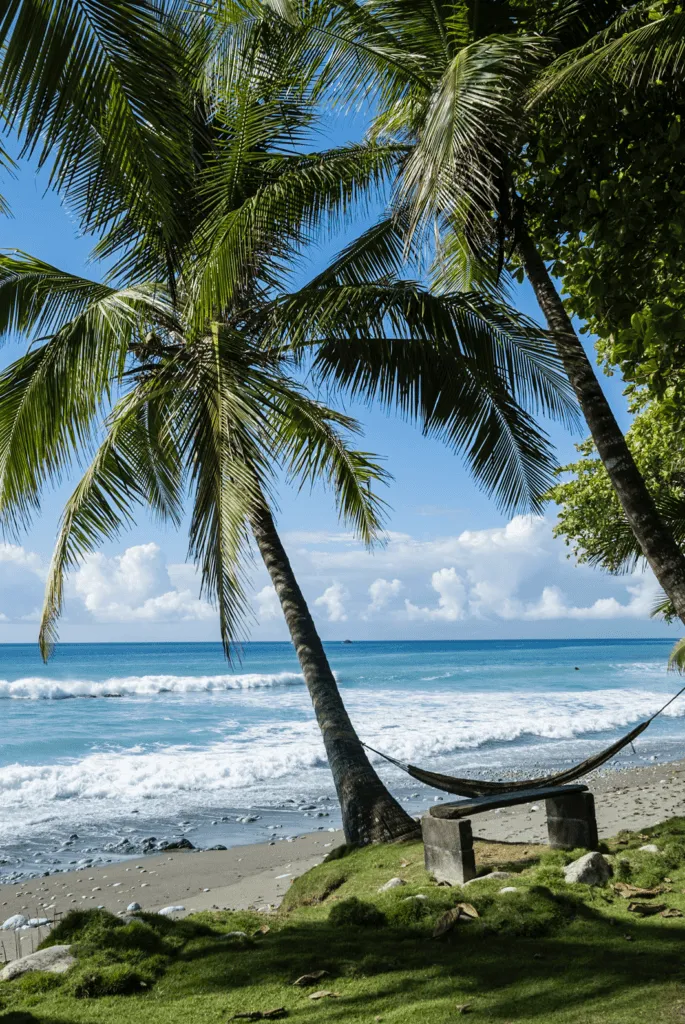
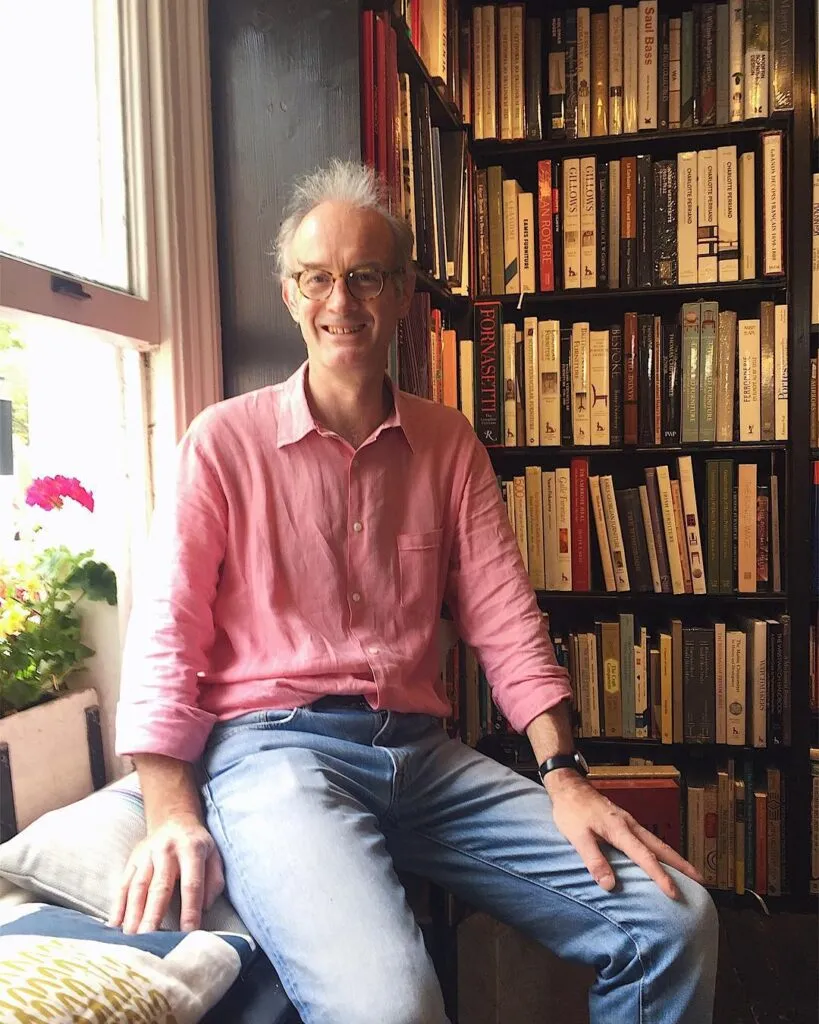
Hidden just behind the King’s Road, John Sandoe Books has been one of London’s most beloved independent bookshops for over sixty years.
Over the decades, its famous staircase has been trodden by actors, musicians, and literary grandees, many of them now immortalised in the black-and-white portraits lining the walls. At the helm today is Johnny de Falbe, a writer, editor, and bookseller of rare discernment, whose taste continues to define the shop’s cult following.
Long-time admirers of John Sandoe’s ethos and selection, we work closely with Johnny and his team to curate personalised reading lists for our travellers – carefully chosen bundles, sent ahead of each journey, as a literary introduction to the places they are visiting.
Here, we caught up with Johnny to talk about the origins of the shop, the value of good taste in the digital age, and what goes into building the perfect reading list.

Tell us about the history of John Sandoe. How did it begin, and how did it evolve into the cult institution it is today?
John Sandoe opened his bookshop in 1957. It was one of several bookshops in the area at that time. His colleague Felicite Gwynne (Elizabeth David’s sister) was also highly involved in building up a loyal clientele.
When John Sandoe retired in 1989, the shop was taken over by myself and the other bookseller who worked here, John Wyse Jackson – we were lent money to do this by a customer called Stewart Grimshaw. In the 90s, Dan Fenton joined as a partner – John then left in 2001, and Dan left in 2015. The shop is now owned by me and Stewart, and managed by me and my wife Arabella.
The shop has continued doing what we always do – selling good books. Our quarterly lists become more important as ways of defining what is different about us from other bookshops – no one else does lists like ours.
Of course you could get the books we recommend cheaper from Amazon but not everyone is shameless – and there is a growing recognition that if you want independent shops to continue to exist then you need to support them. We take the look of the shop, and the book selection – including backlist – very seriously.
What drew you into the world of bookselling?
I had a cousin called John Saumarez Smith who ran a bookshop called Heywood Hill for 40 years. I used to go in there regularly as a child, and when I was a student I worked there during vacations.
After graduating, I thought I would like to work in a bookshop but I applied to John Sandoe’s rather than Heywood Hill because its mood was much more relaxed.
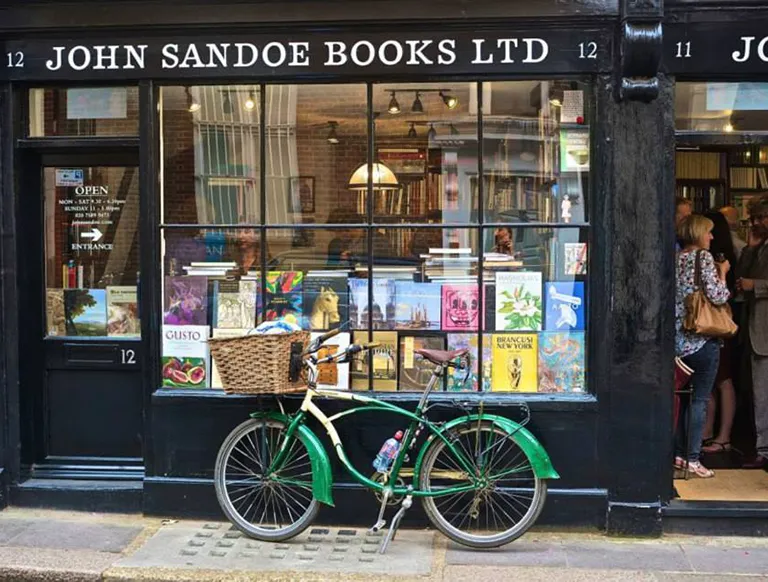
Walking into John Sandoe is like entering a library curated by someone you trust implicitly. Is there a guiding philosophy behind what earns a place on the shelves?
What guides the selection is taste. Nowadays, this word is generally reserved for the world of interior design: using it in the context of books raises suspicions of an unfashionable elitism. Nevertheless, that is what is happening: in the old days, book buyers chose to favour this bookshop or that bookshop because of the bookseller’s taste.
Woe betide the bookseller who forfeits their taste – they no longer have any reason for anyone to choose them rather than go online. So what guides us is our taste, which inevitably reflects what we think our customers will like.
However, it is worth adding that I reckon that we should know why a book is on our shelves for it to justify its place there. I don’t mind keeping a book for 20 years if I know exactly why it’s there, and that it is good. Sooner or later someone will want it, and be pleased to find it.
What role do you think the independent bookshop plays today – particularly in a landscape shaped by online booksellers, digital reading lists and literary subscriptions?
Independent booksellers can be much more flexible. It is routine for us to have (and sell well) several books that simply won’t be available in chains or on Amazon, because the publisher is perhaps an individual or a very small concern outfit who knows where their book will sell and comes straight to us…
We can also deal directly with individual customers over many years, often decades. This is different from being dealt with by an algorithm. John Sandoe used to say that a good relationship with a client was comparable to the relationship people had with their doctor.
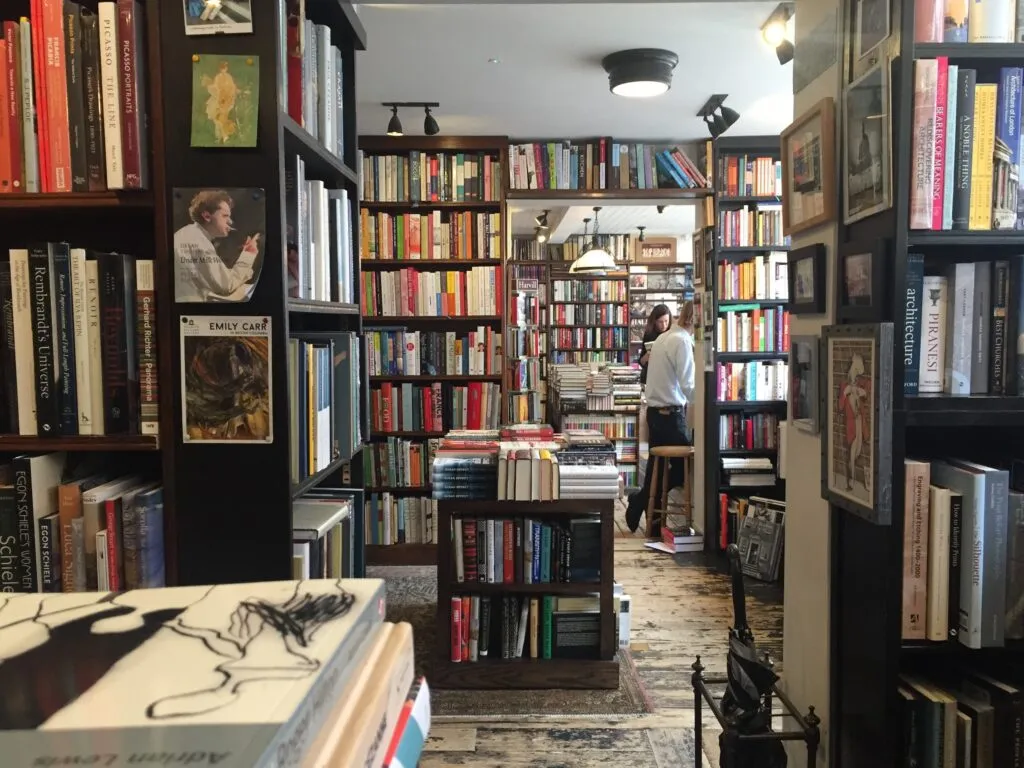
Over the years, John Sandoe has attracted a seriously star-studded clientele, many of whom appear in the photographs that line your staircase. Are there any encounters that stand out that you can share with us?
The photographs are all taken by my colleague, Marzena, a photographer in her own right as well as a bookseller.
When Elton John was here once, he was upstaged by an interior decorator called Jean Monroe, who had a rather loud voice and imposing presence. She was discoursing on the diaries of Roy Strong to whoever would listen, and Elton watched in amazement (she was entirely unaware of who he was)… After she left, he quipped that he would like 3 copies.
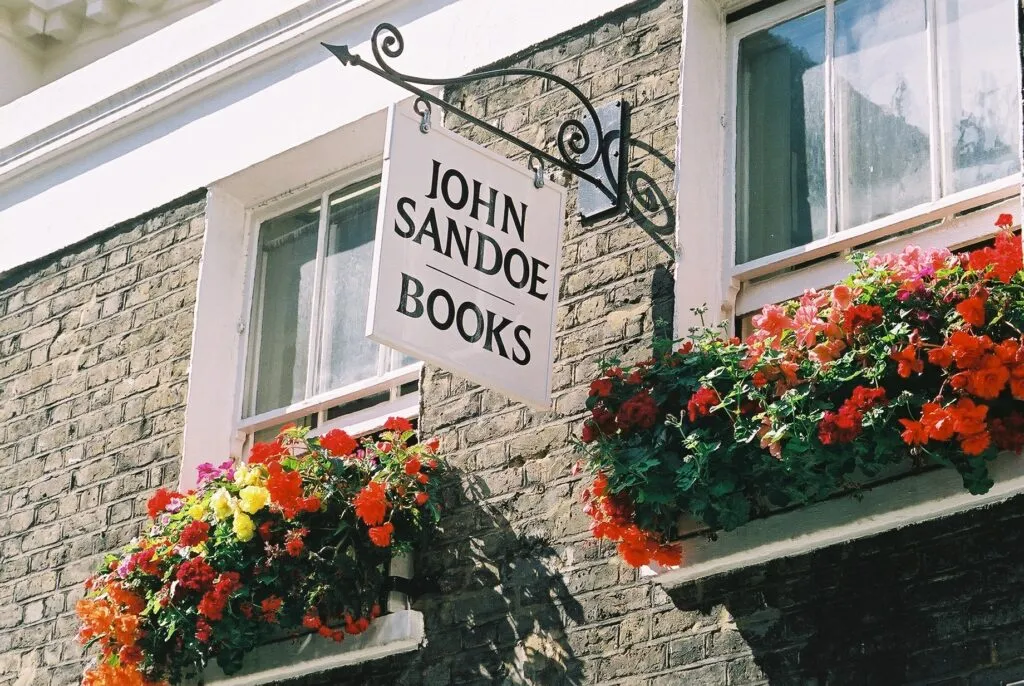
How do you approach curating reading lists for Plan South America travellers?
The list comes from a mixture of our own reading – some of our favourite books are on there – and research, looking through the catalogues of larger publishing houses but also smaller presses whose books might not be widely available, or even in print anymore.
Eland Books are a fantastic independent publisher of travel books, many lifted from out-of-print. Their titles are peppered throughout the list.
If you could place a single volume on the bedside table of every Plan South America client, regardless of destination, what would it be – and why?
The Leopard by Lampedusa. Because it has a sensual, historical, intellectual and emotional life and scope that few books can achieve in so short a space. It is moving, compelling and profound.
Some other favourites are Shirley Hazzard’s Transit of Venus; Angharad Price’s The Life of Rebecca Jones; Sylvia Townsend Warner’s The Flint Anchor; any books by William Maxwell, Sebald…
Many of the most enduring travel writers were outsiders, observing the world through a Western lens. How do you think the genre has evolved – is there still value in the foreign gaze?
The foreign gaze has been widely decried in recent years as ‘cultural imperialism’ or somesuch, but I agree that a foreign gaze is valuable, and can be more objective that the insider’s prism. It offers something different; one is not more valuable than the other.
—
As ever, John Sandoe offers a resounding rebuttal to the algorithmic age: a reminder that knowledge, taste, and human judgment still matter. Rather than following trends, their selections are dictated by years of reading, careful listening, and a belief that books should be chosen with purpose.
The books they choose for Plan South America travellers act as a literary companion on their travels with us: from small-print gems to literary classics and travel writing, each pick offers an insight into the culture, history and character of a place that begins long before departure, and continues well beyond the return.
